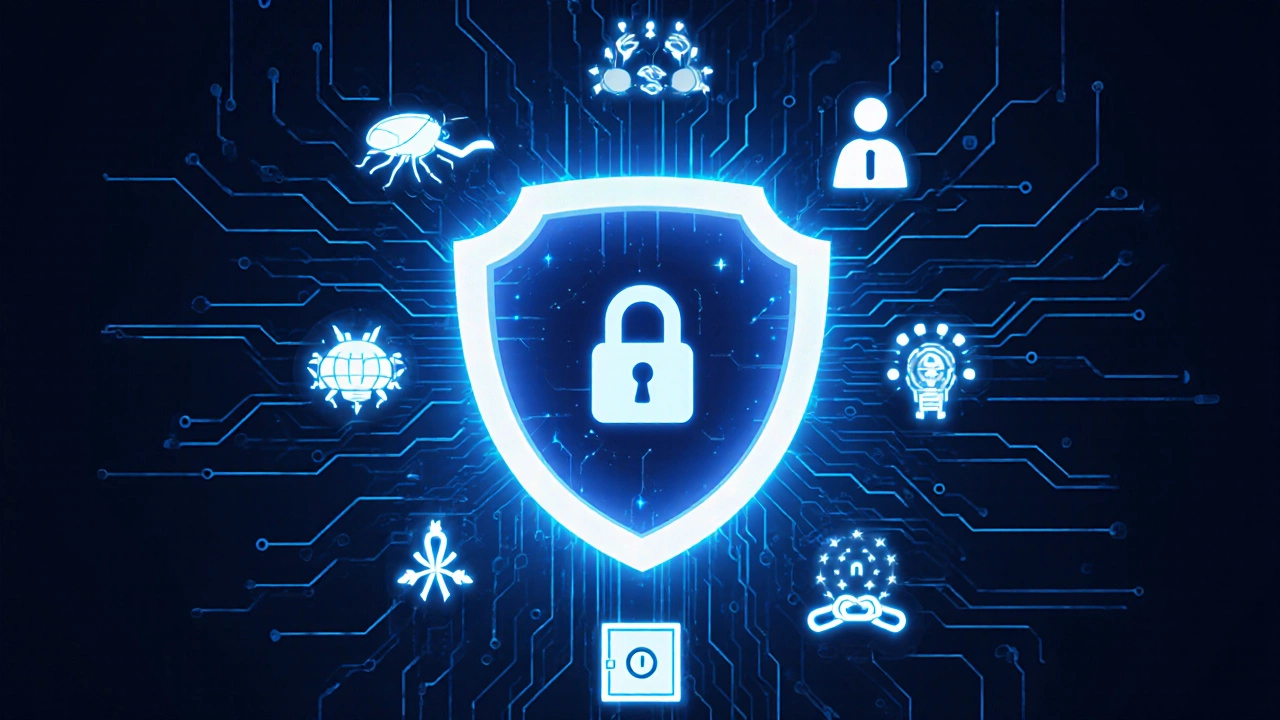Phishing: Spotting and Stopping Online Scams
Phishing is the trickiest kind of online fraud. Scammers send fake emails, texts, or messages that look real, hoping you’ll click a link or share personal data. The goal is simple – steal your money, identity, or login details. It’s everywhere, from grocery store newsletters to supposed messages from your bank.
Common Types of Phishing Attacks
Not all phishing looks the same. Here are the most common flavors you’ll run into:
- Email phishing: A classic fake email that pretends to be from a reputable company. It often asks you to verify an account or download an attachment.
- Spear phishing: This one is personalized. The scammer knows your name, job title, or a recent purchase, making the message feel trustworthy.
- Smishing: Phishing via SMS. You get a text saying your bank account is locked and you need to click a link.
- Vishing: A phone call where the fraudster pretends to be a bank officer or tech support and asks for passwords.
- Clone phishing: The scammer takes a legitimate email you received before, copies its content, and swaps a legitimate attachment with a malicious one.
Each type uses urgency, fear, or curiosity to get you to act fast. When you feel rushed, you’re more likely to click without thinking.
Practical Steps to Protect Yourself
Stopping phishing isn’t about being a tech genius. A few everyday habits can keep you safe:
- Check the sender: Look at the email address, not just the display name. Misspelled domains or extra characters are red flags.
- Hover over links: Before clicking, hover your mouse to see the real URL. If it looks weird, don’t click.
- Never share passwords: Legitimate companies never ask for your password via email or text.
- Use two‑factor authentication (2FA): Even if a password is stolen, a second verification step blocks most attackers.
- Update software: Keep your browser, antivirus, and operating system current. Updates often patch security holes scammers exploit.
- Report phishing: Forward suspicious emails to your email provider’s abuse address or to the company being spoofed. Reporting helps stop the attack at its source.
If you do click a link by mistake, don’t panic. Close the tab immediately, run a virus scan, and change any passwords you think might be compromised. Most banks have a quick process for locking accounts if you suspect fraud.
Phishing thrives on your trust, so staying skeptical works better than trying to remember every rule. Trust your gut – if something feels off, double‑check before you act.
Remember, the cheapest defense is awareness. By spotting the signs, using simple security tools, and reporting threats, you protect not only yourself but also the people around you. Stay alert, stay safe, and keep the scammers out of your inbox.

Cybersecurity Threats Explained: What It Fights Against
Learn the main dangers cybersecurity battles-malware, phishing, ransomware, DDoS, insider threats, and more-and how a cyber crime lawyer fits in.

Top Examples of Cyber Crime: Real-World Cases and How to Steer Clear
Get the low-down on real cyber crime cases, how cybercriminals operate, and practical ways to protect yourself online. Loads of facts and simple tips.